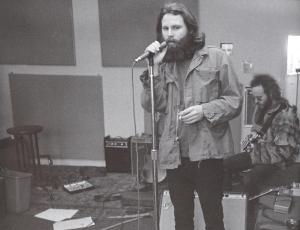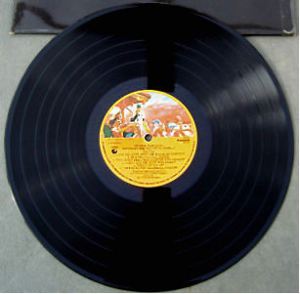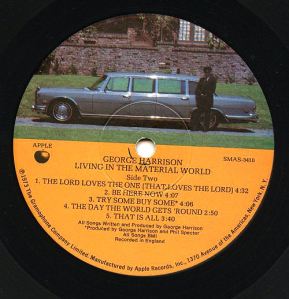We are dusting off our blouse, satin scarf, and glowing orb to bring you Kenny Bloggins’ 10 albums you absolutely need to hear—all released in 2023. Here are the best and most important records of the year (according to a recovering music addict).
Curated Playlists:
- Listen to just the best songs (standout tracks): Apple Music | Spotify
- Listen to the all the best albums of 2023: Apple Music | Spotify
01) The Coral – ‘Sea Of Mirrors’
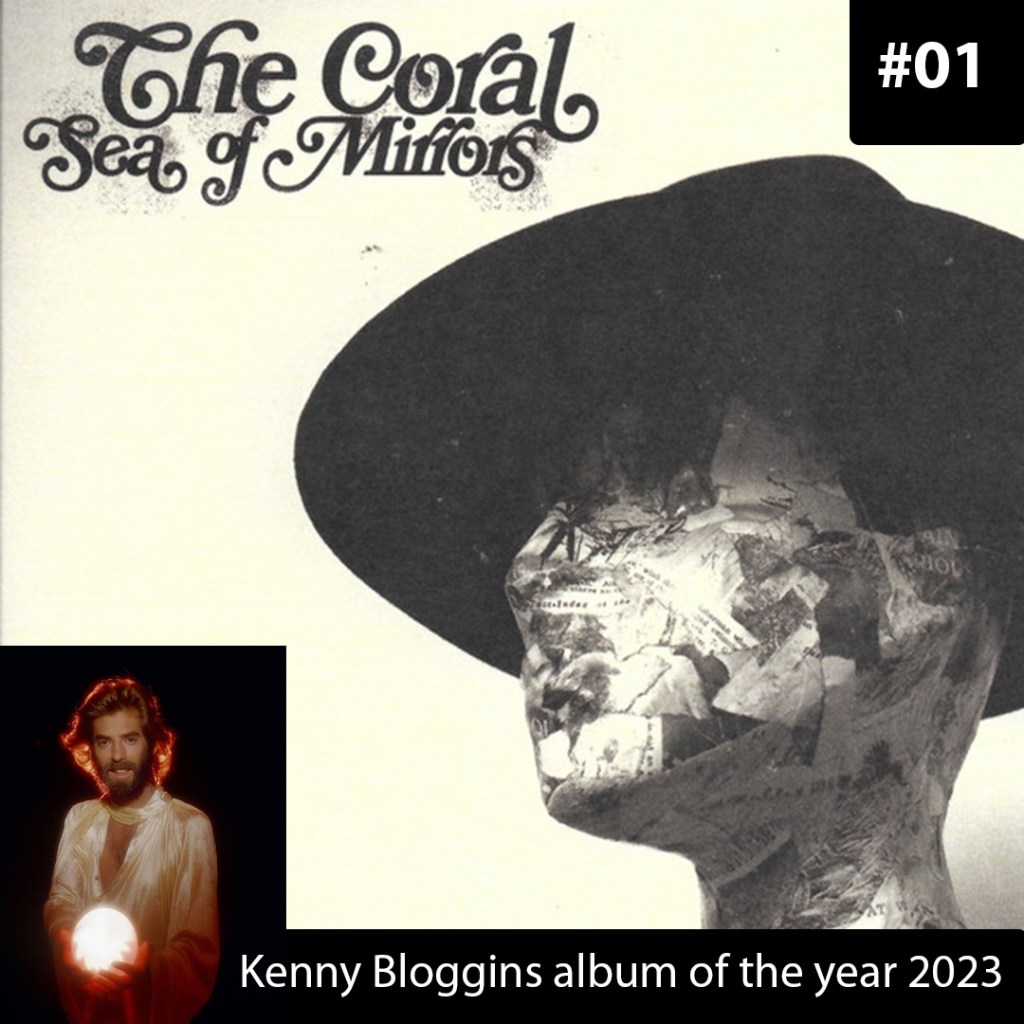
With their eleventh album, baroque/merseybeat rockers The Coral have long left behind any comparisons to ‘90s Brit-pop, and rightfully so. ‘Sea Of Mirrors’ flows like a long forgotten soundtrack to a non-existent film that could have been equal parts 007, Western, and Sci-fi; case in point, the track ‘Wild Bird’ bounces like an eclectic mix of a much sweeter variation of The Doors covering the title track from classic Spaghetti Western ‘Fistful Of Dollars’. The syrup-drenched country piano stomping through ‘Faraway Worlds’ gives way to slide guitars and stacked harmonies to present an impressive arrangement, a blueprint adopted throughout the album’s entire triumphant sonic assault that is short but stunning at 38 minutes, leaving us wanting so much more.
Standout tracks: Wild Bird | Faraway Worlds | The Way You Are
02) Noah Gundersen – ‘If This Is The End’

Seattle adjacent singer-songwriter Noah Gundersen continues to establish himself as a master of eloquently wrestling with the human condition on this year’s exhilarating ‘If This Is the End.’ On songs like ‘Better Days’, Gundersen delivers what starts as a gentle push that eventually builds into a thrashing uppercut, helping us come to terms with what it’s like living after losing someone; ‘Painted Blue’, meanwhile, lingers like an earworm thanks to an unforgettably beautiful chorus melody. This monumental record is as much a lesson in great songwriting as it is a scripture conveying how to make quiet anthems hit hard like the heaviest of rock songs.
Standout tracks: Better Days | Haunted House | If This Is The End
03) Rival Sons – ‘LIGHTBRINGER’

In the age of algorithms making quick stars out of bedroom musicians, no one today does it “the old fashioned way” better than the Rival Sons by touring the country to grow their fan base while taking an innovative artistic approach to mid-sixties soulful rock. ‘LIGHTBRINGER’ has scarcely a dull moment; kicking off with the nearly 9-minute epic ‘DARKFIGHTER’ that crawls through an acoustic intro and then rips into a massive Zeppelin-esque chorus, hitting with enough ferocity to peel the paint off the walls, all the way through tender closer ‘Mosaic’. But the true glory here is on songs like ‘Sweet Life’ and ‘Before The Fire’ that feature huge, bluesy guitars with unapologetically catchy vocal hooks.
Standout tracks: DARKFIGHTER | Sweet Life | Before The Fire
04) Paramore – ‘This Is Why’

‘After Laughter’ might have been Paramore’s poppiest effort yet, and the 2013 ‘Self-titled’ their most straight-forward rock endeavor, but ‘This Is Why’ feels like their cooler and more mature older cousin. Especially on playful songs like ‘Big Man Little Dignity’ and title track ‘This is Why’ the core group of Hayley Williams, Taylor York and Zac Farro present a sound that proves what their fans have long known to be true–Paramore write spectacular pop songs (a fact which may have been overshadowed by associations with less “dynamic” emo acts, either skewing opinions or preventing weary listeners from ever fully diving in). The highlights are the seemingly ambitious, yet well-executed soulful ballads ‘Liar’, ‘Thick Skull’, and ‘Crave’ that foreshadow a long future of highly anticipated work.
Standout tracks: This Is Why | Crave | Liar
05) Manchester Orchestra – ‘The Valley of Vision’

On ‘The Valley of Vision’, Manchester Orchestra make innovative use of electronic elements to attach a veil of mystery atop their signature heavy indie-rock sound. As the album artwork might suggest there are plenty of gut-wrenching (or face-melting) lyrics on ‘Valley’ like “I think I’m losing my mind / fear became the Fentanyl / hungry like the animal / I’ve been sleeping in”--yet they come across as a little less devastating coming from the euphonic voice of Andy Hull. The record hits like a lit matchstick, burning bright and then slowly engulfing itself with a light that will eventually sputter out, feeding on an oxygen supply that will end up causing its own demise.
Standout tracks: The Way | Letting Go | Quietly
06) Queens of the Stone Age – ‘In Times New Roman…’

“Nothing / nothing / nothing inside / and there’s no reason to cry / just fade away like love” starts the song ‘Carnavoyeur’, a reminder that sometimes it’s better to lean into pain versus trying to fight it back–a theme central to this ferocious record. Here we have The Queens continuing to get better with age; less like a fine wine and more like a well-seasoned cast iron skillet bludgeoning you over the back of the head. ‘In Times New Roman…’ will likely forever be packaged with anecdotes about Joshua Homme’s personal and health related battles that surrounded its release, but this is truly a force to be reckoned with all on its own.
Standout tracks: Carnavoyeur | Negative Space | Emotion Sickness
07) Nickel Creek – ‘Celebrants’

The architects of Nickel Creek, armed with nothing more than a few traditional Americana instruments (mandolin, fiddle, acoustic guitar) and quite the itch for innovative songwriting, have returned after nearly a decade with their most thrilling work yet. ‘Celebrants’ is a collection of oxymorons: intimate and expansive tones, both expected and surprising changes, sometimes comforting and other times anxious. For example, ‘Holding Pattern’ crackles similar to a frozen lake slowly fracturing under pressure; while middle track ‘Where the Long Line Leads’ plays out like a raucous barn burner. Here’s a record folks will come back to for years to come.
Standout tracks: Holding Pattern | Where the Long Line Leads | To the Airport
08) Cut Worms – ‘Cut Worms’

The third, self-titled album from New York based Cut Worms initially seems like an homage to late-fifties/early-sixties groups like The Every Brothers, Buddy Holly & The Crickets, or The Hollies; that’s not meant to be reductive as with songs and production this vibrant it’s more adoration than anything, sounding completely fresh and new. ‘Take It And Smile’ is a definite highlight with one of the most enchanting melodies as of late; ‘I’ll Never Make It’, however, is a heart-breaking ballad that begs and pleads to pull on someone’s heart strings with the help of weaving reverb and tremolo. Timeless themes and backing from The Lemon Twigs (also on this list in their own right) don’t hurt the chances of this standing the test of time just like its honorable predecessors.
Standout tracks: Take It And Smile | I’ll Never Make It | Let’s Go Out On The Town
09) Butcher Brown – ‘Solar Music’

Listening to ‘Solar Music’ is like taking a trip on a steam-powered train barreling down a track as you pass by stations with speakers blasting out grooves laced with funk, boogie, R&B, hip-hop, neo soul, and jazz. But don’t let that description throw you off because this is not a hodge-podge of genres haphazardly cut together. Instead, Virginia-based group Butcher Brown deliver a timelessly produced record that successfully hits so many different marks, making it tough to pin down with a single label. ‘Espionage’ is a fierce instrumental that seems fit for a spy film while the rhythmic ‘No Way Around It’ explodes with a dancey, bass heavy beat. It shines from beginning to end if you’re willing to hang on for the ride.
Standout tracks: Espionage | It Was Me (Car Chase) | No Way Around It
10) The Lemon Twigs – ‘Everything Harmony’

‘Everything Harmony’ is about as skillful an adaptation of sixties/seventies record collections as one could imagine; ‘When Winter Comes Around’ echoes with elements of Simon & Garfunkel, ‘Still It’s Not Enough’ feels like a lost song by The Association, and ‘What You Were Doing’ more than hints at Big Star with jangling guitars. They don’t need to do anything too groundbreaking because there is something unique in The Lemon Twigs ability to entwine listeners with a real knack for stories and sounds. Hooky, gentle, and dreamy all at once.
Standout tracks: When Winter Comes Around | In My Head | What You Were Doing



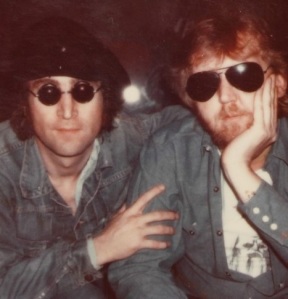

 Side I:
Side I: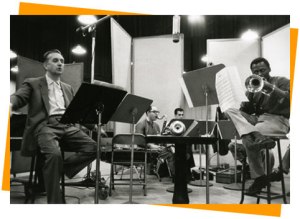 Side II:
Side II:
